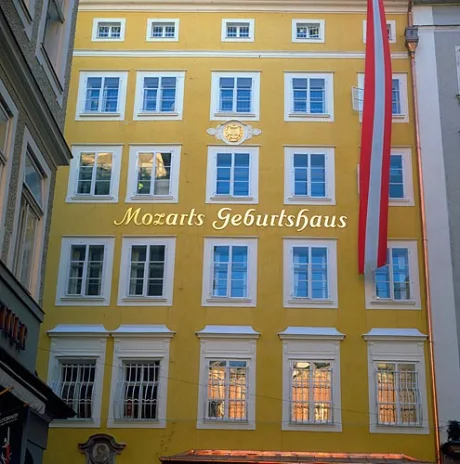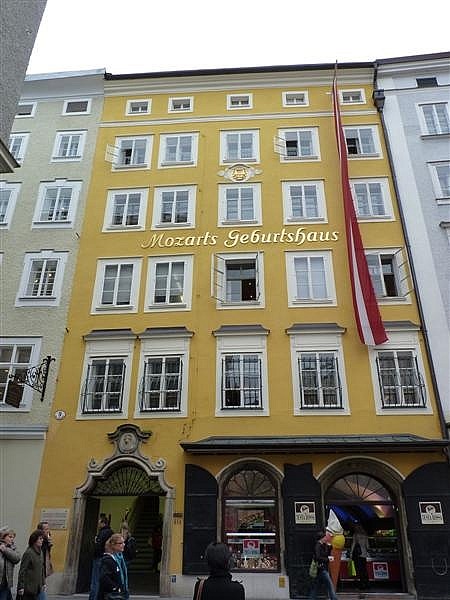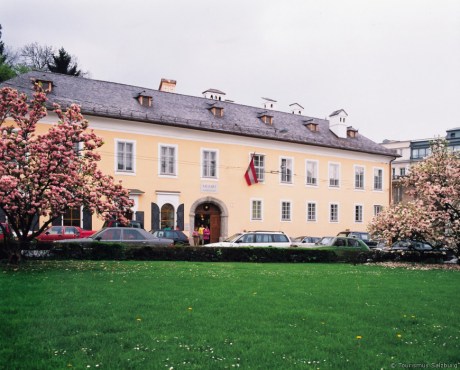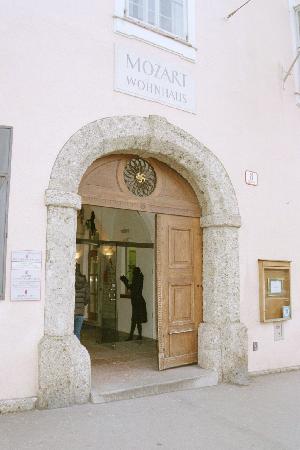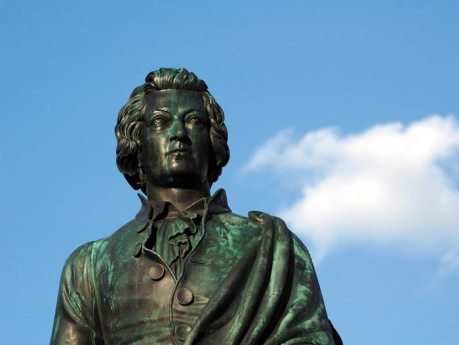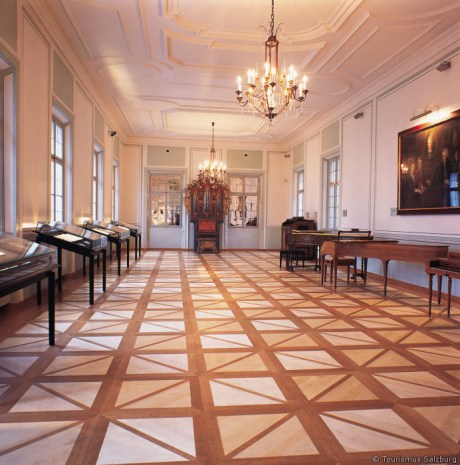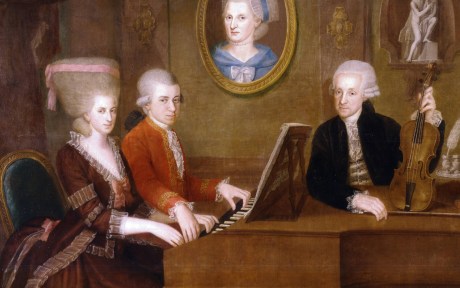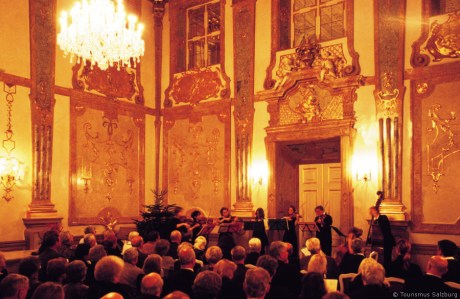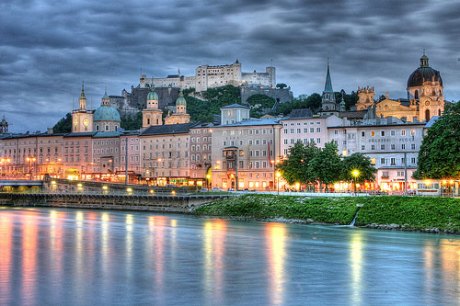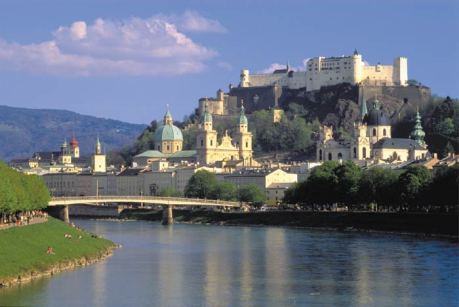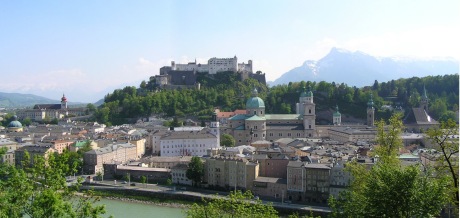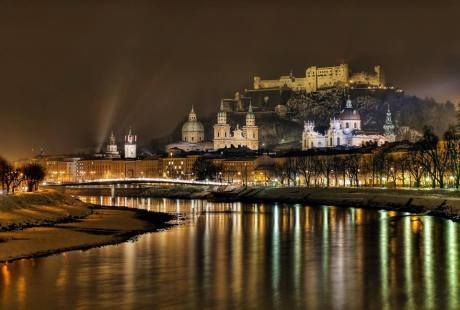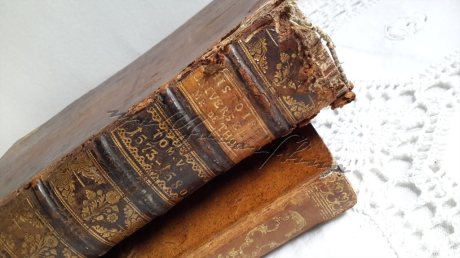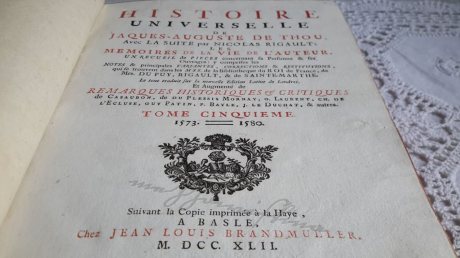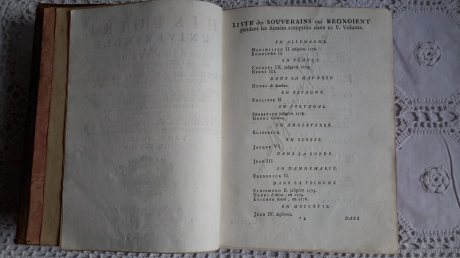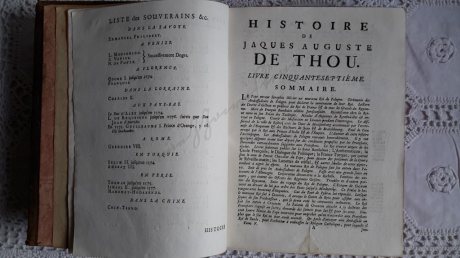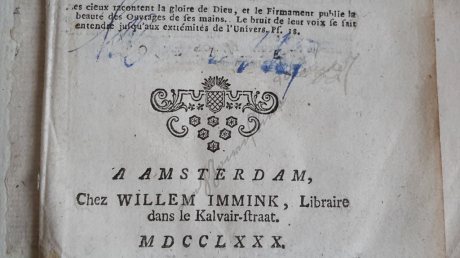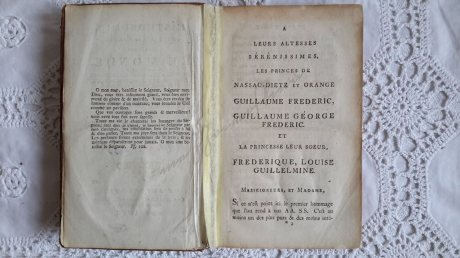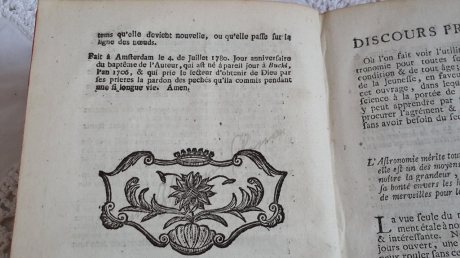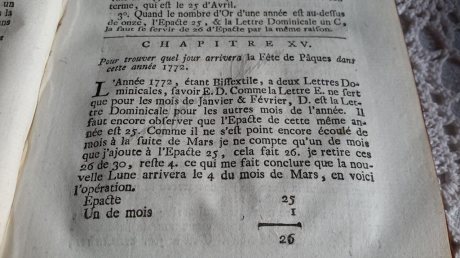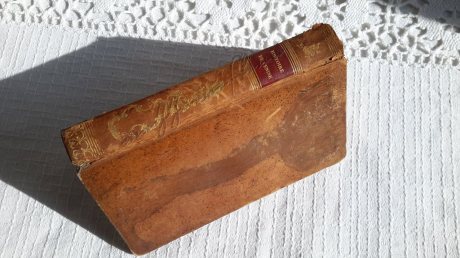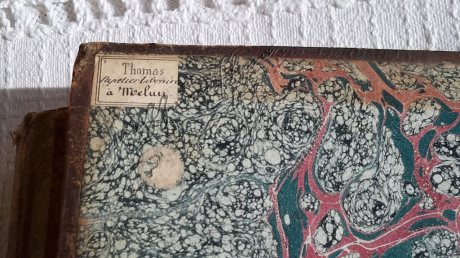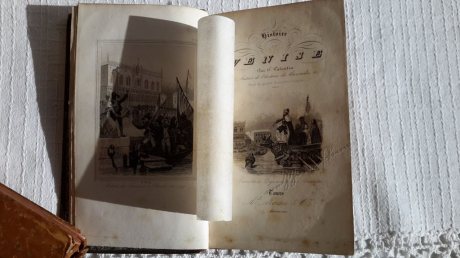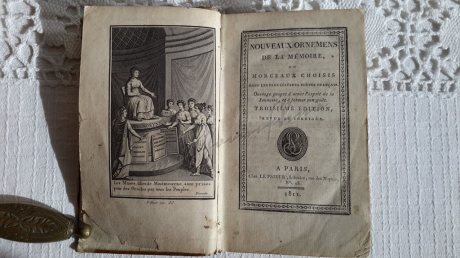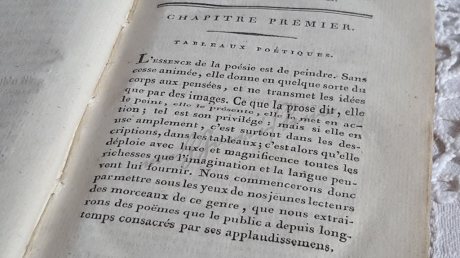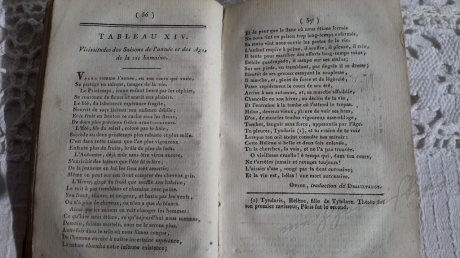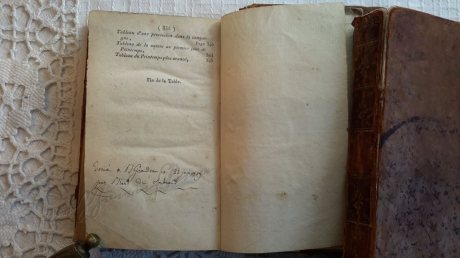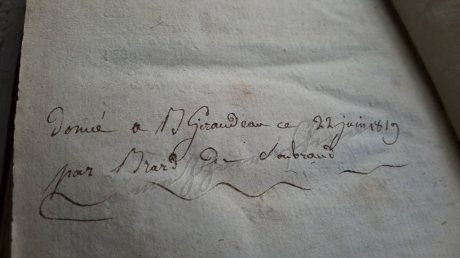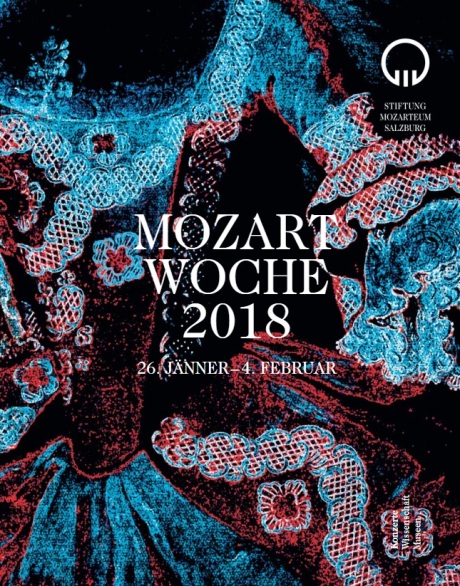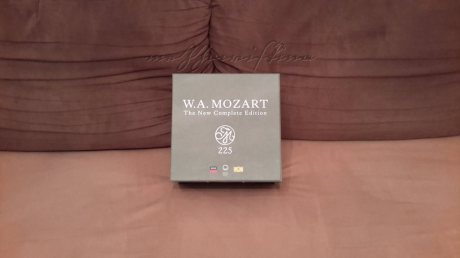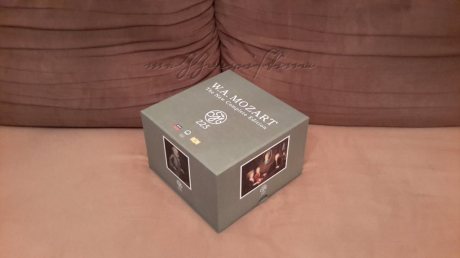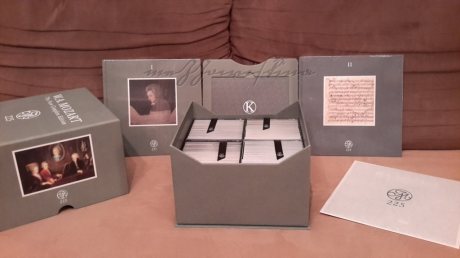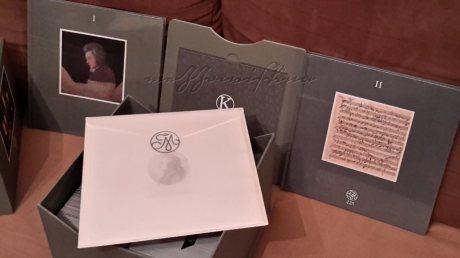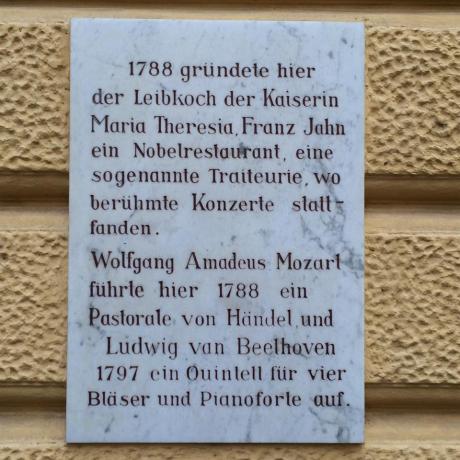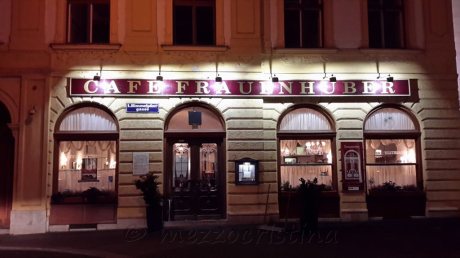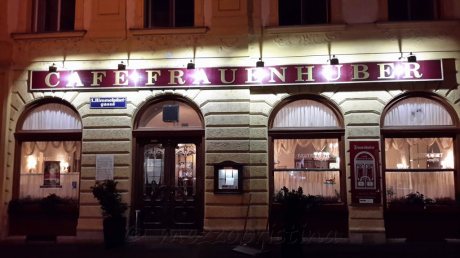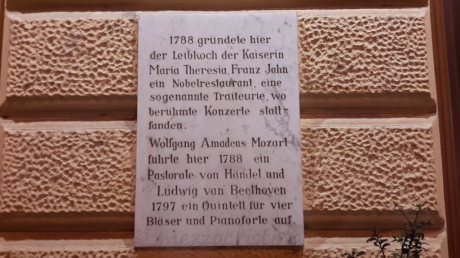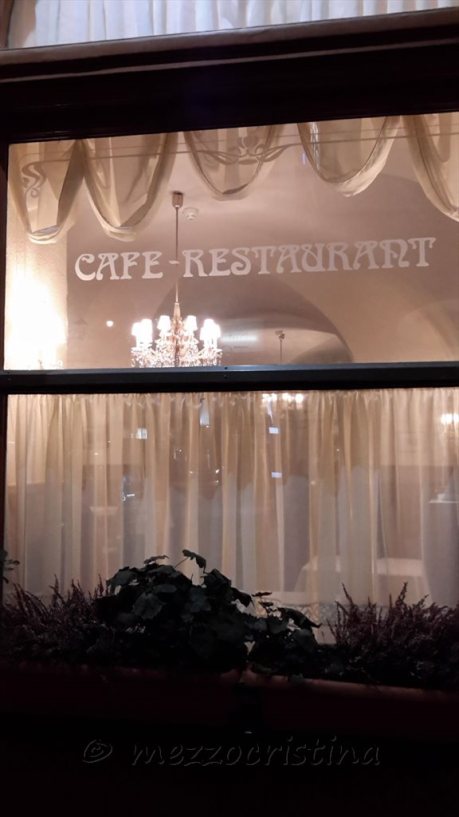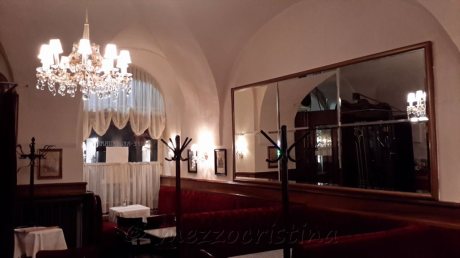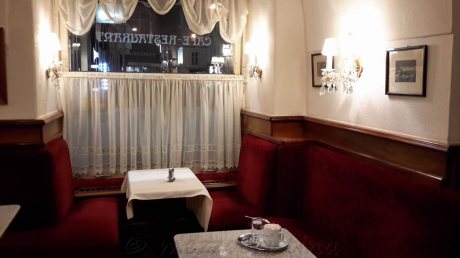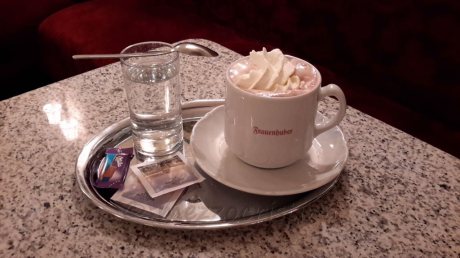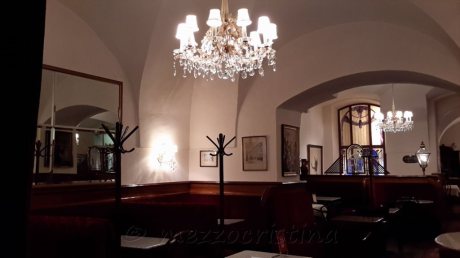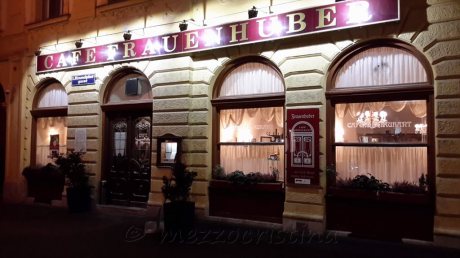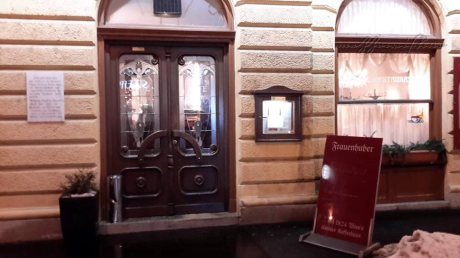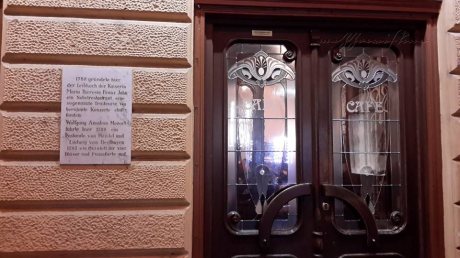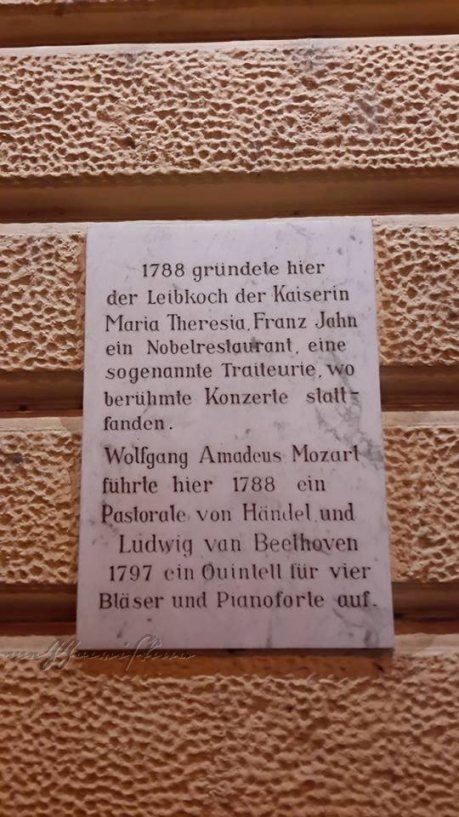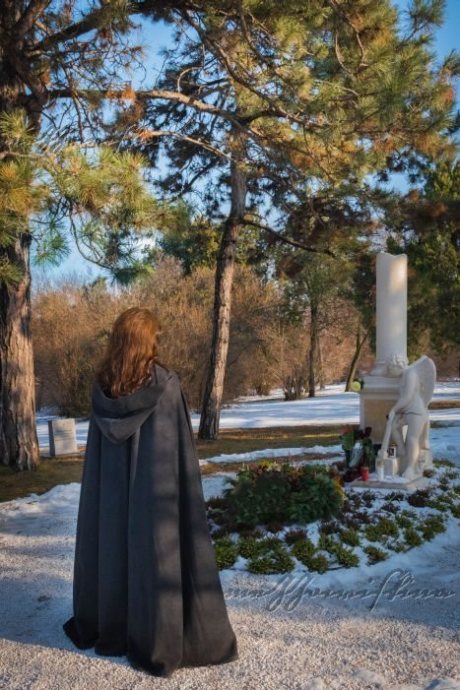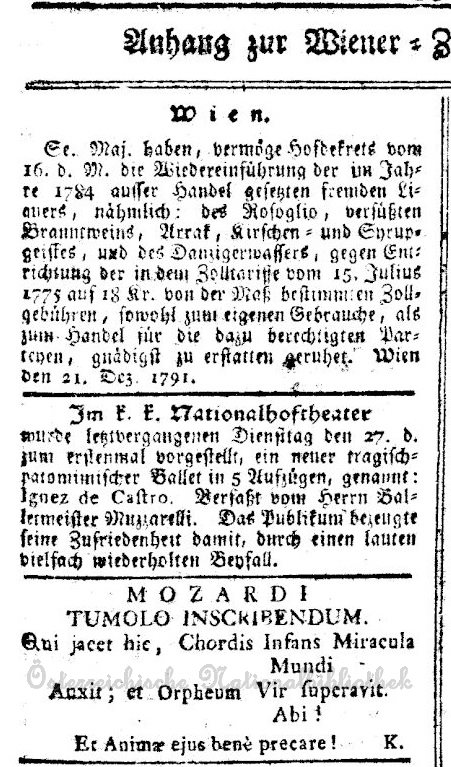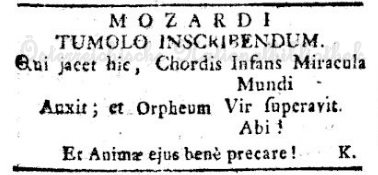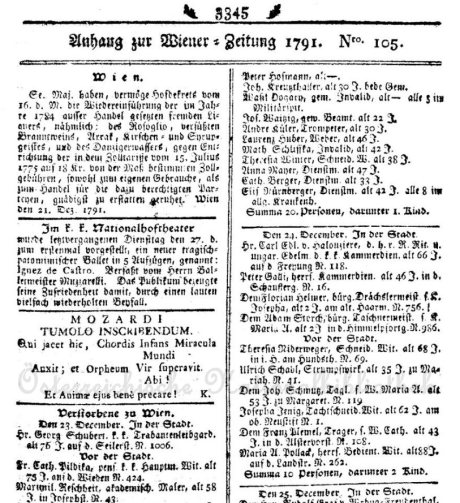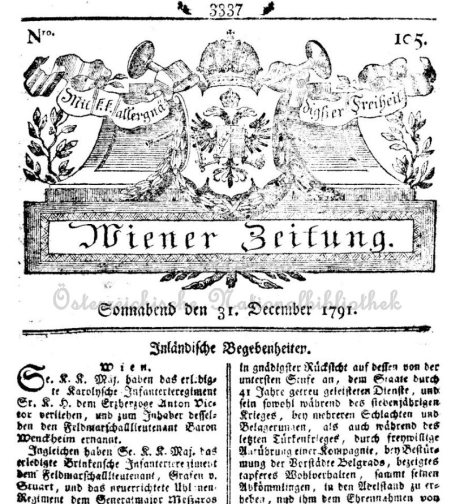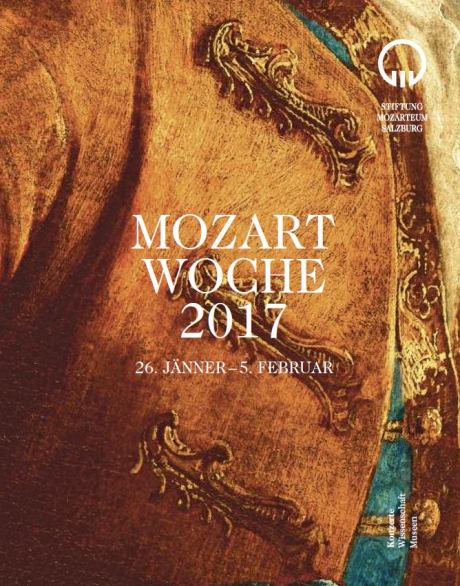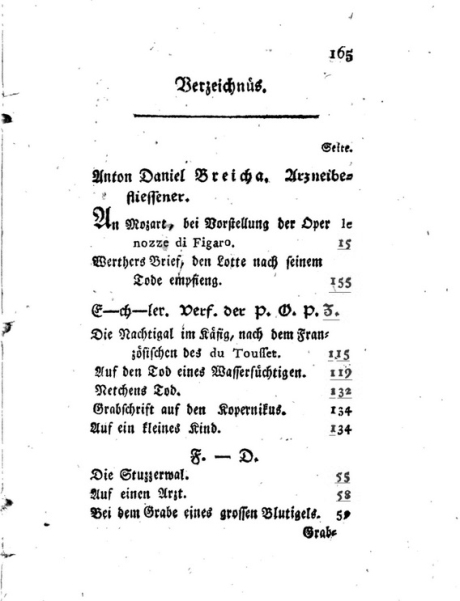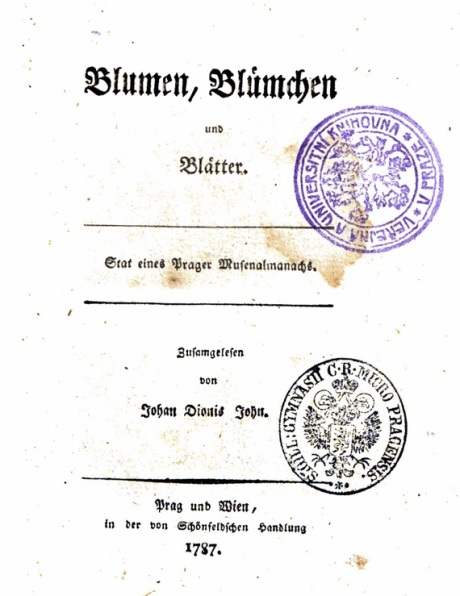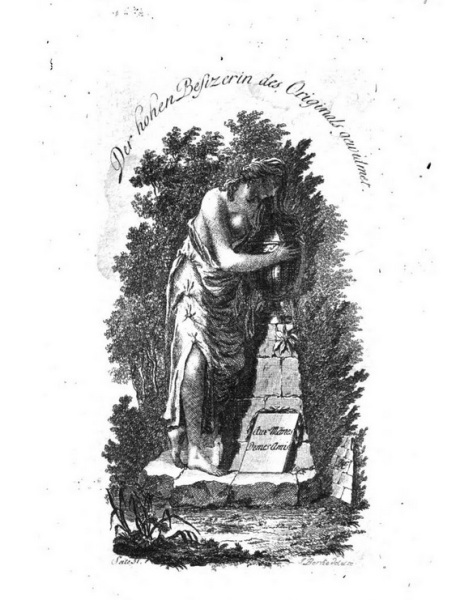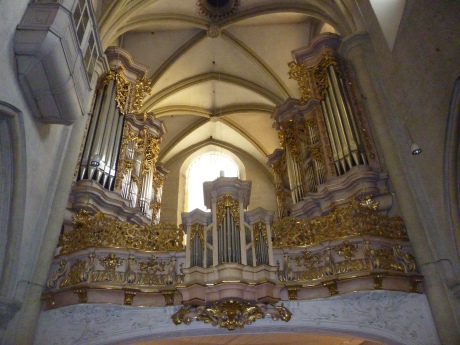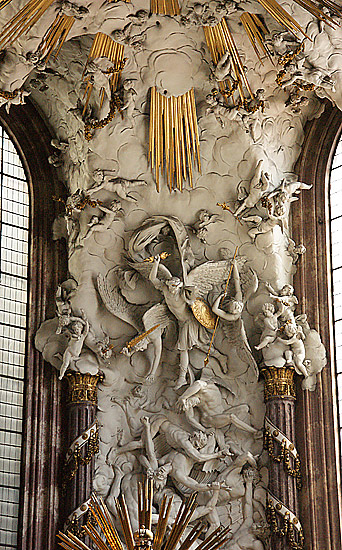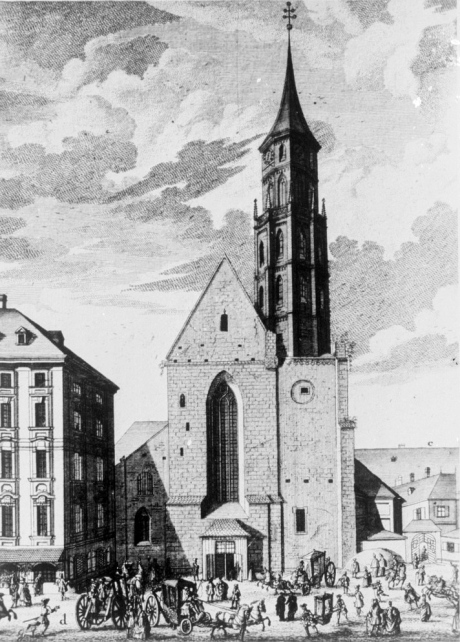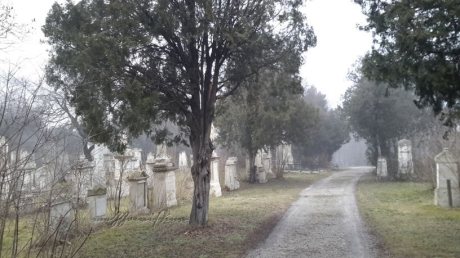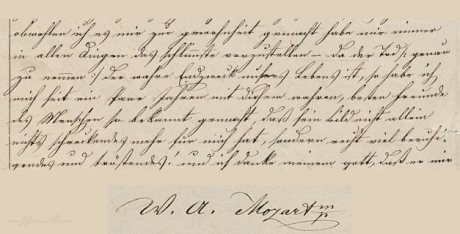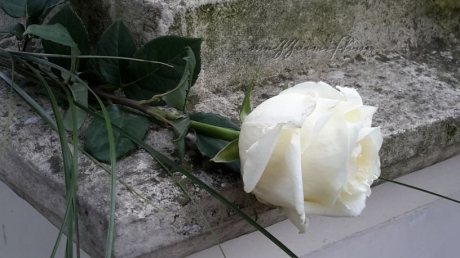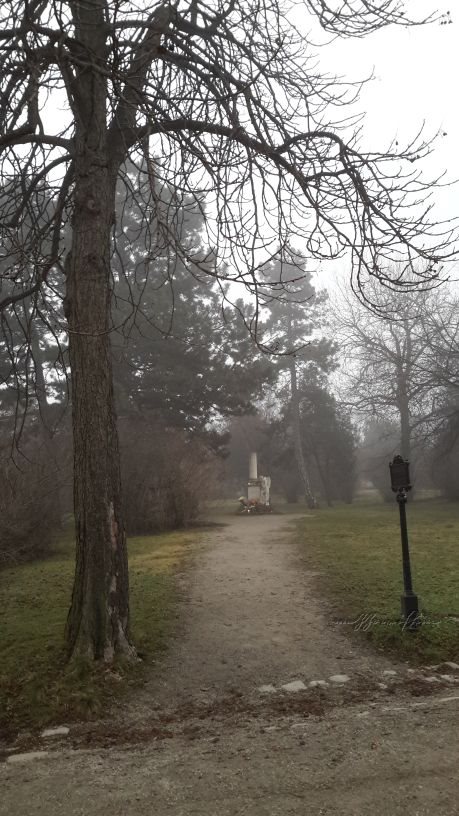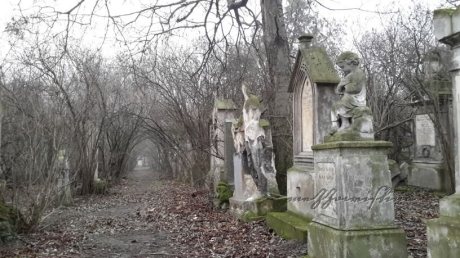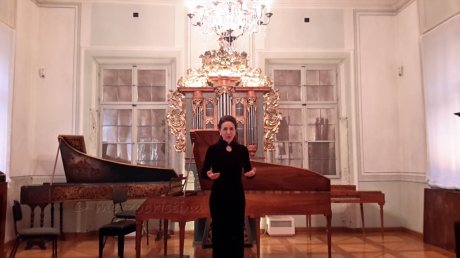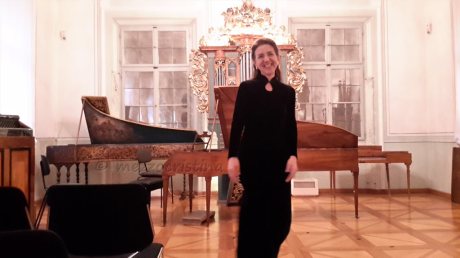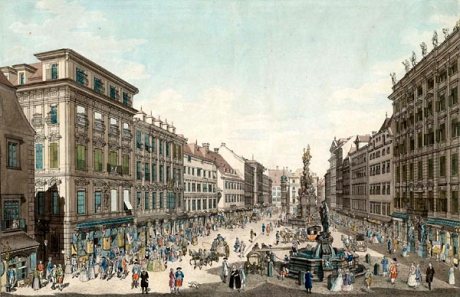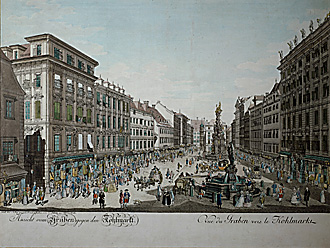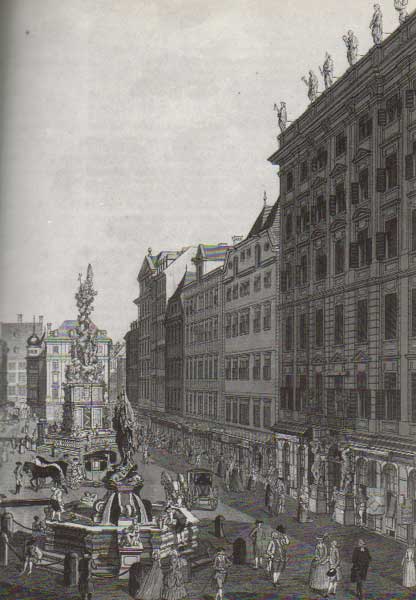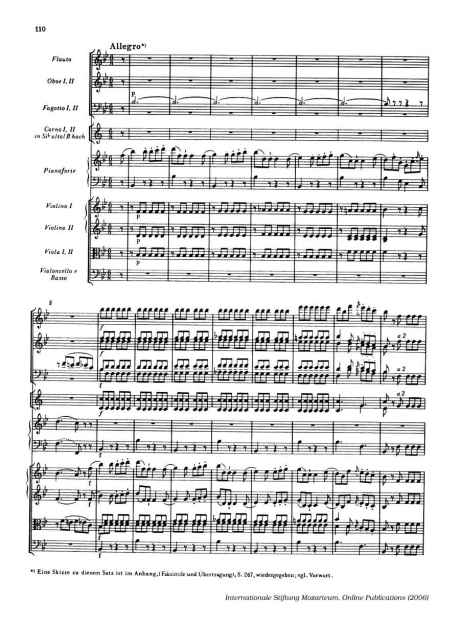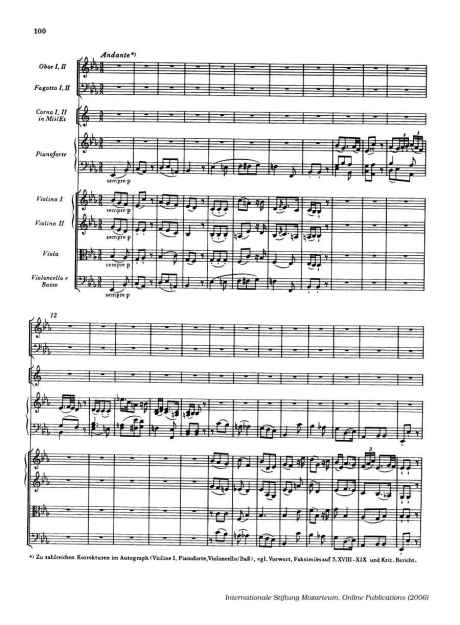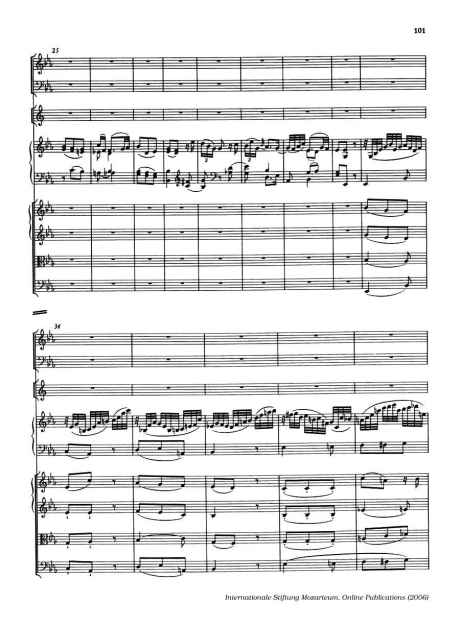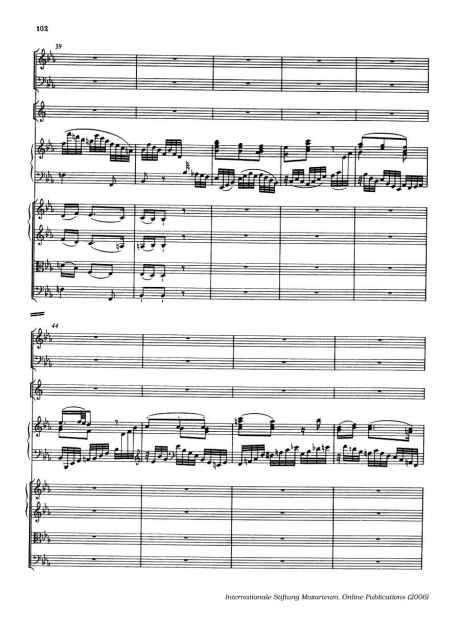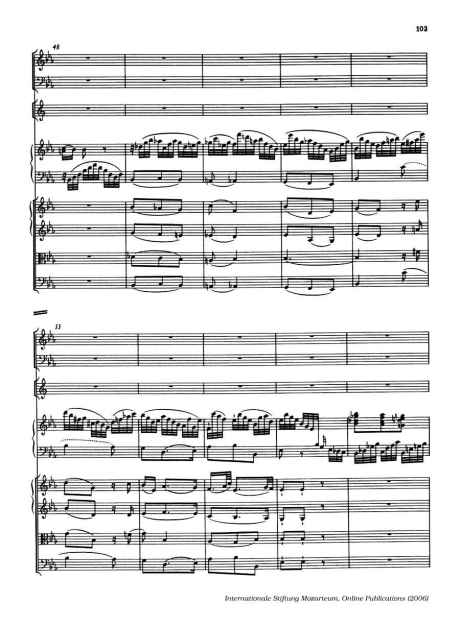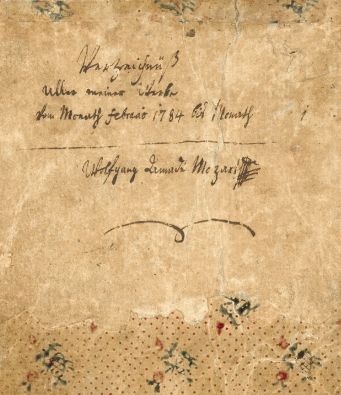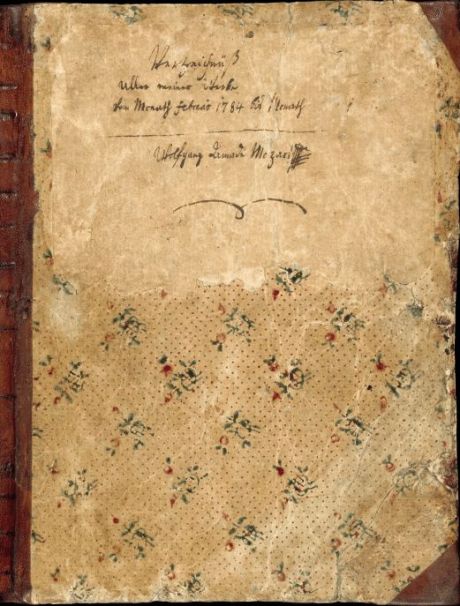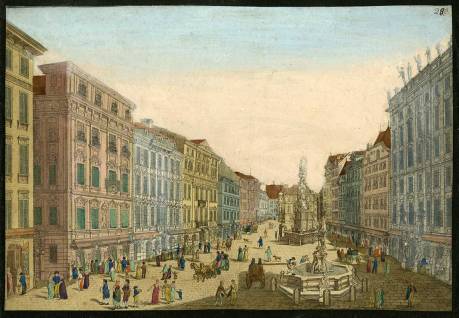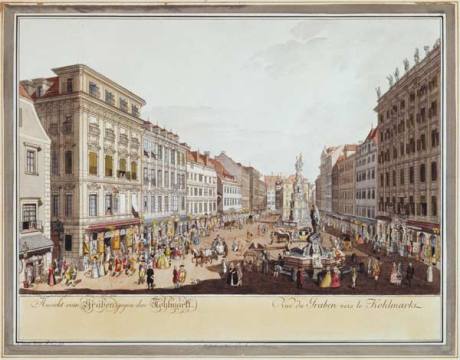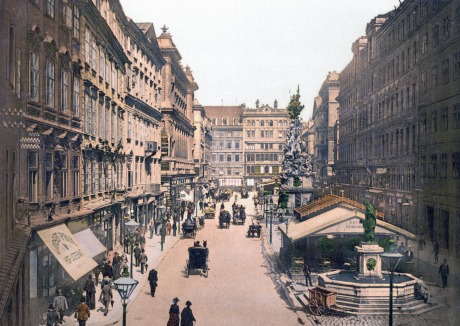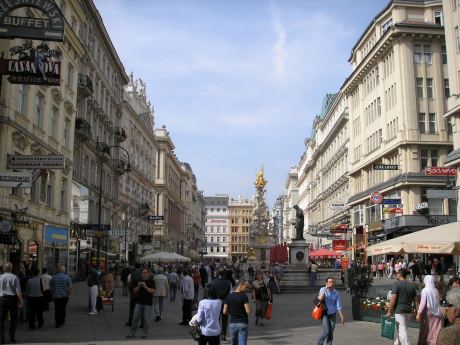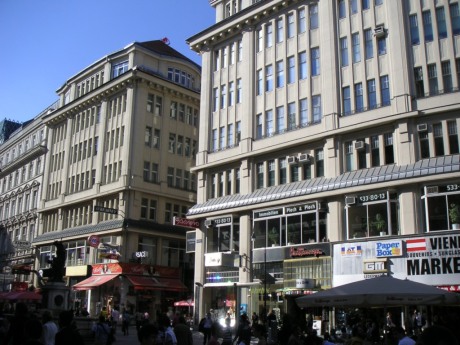“Each year around the time of Wolfgang Amadeus Mozart‘s birth in January, the Mozarteum Foundation Salzburg hosts the Mozart Week with opera performances and orchestral, chamber, and soloist concerts. World-renowned Mozart interpreters, orchestras, and ensembles are responsible for the unparalleled reputation of this unique event. This week of concerts, which was first held in 1956, invites visitors from around the world to rediscover Mozart’s works from ever-changing perspectives and to hear them afresh.”
Mozarts Geburtshaus, the house in which Mozart was born on 27 January 1756, on Getreidegasse, is now one of the most frequently visited museums in the world. The exhibition, which spreads over three floors, carries the visitors into Wolfgang’s world, telling when he began to make music, who his friends and patrons were, how the relationship with his family looked like, how strong was his passion for the opera… Here can be seen portraits, original manuscripts and documents, as well as personal objects and musical instruments on which he has played: his childhood violin and the clavichord on which he composed a few of his wonderful works.
In the heart of the Salzburg historic district, next to the Residenzplatz and in front of the Salzburg Museum, you will find Mozartplatz, Mozart Square. The Mozart statue standing there is dedicated to the city’s most famous son, Wolfgang Amadeus Mozart. Designed by German sculptor Ludwig Schwanthaler, the Mozart monument stands in the middle of the square. Bavaria’s King Ludwig I was one of the driving forces behind the installation of a statue in honor of Mozart. He personally invested a significant sum of money and also financed a marble base, which is today one of the holdings of the Salzburg Museum. The monument was built in 1842, more than 50 years after the death of the great composer.
In Makartplatz there is Mozart-Wohnhaus, the residence where Mozart lived between 1773 and 1781 (the year when he left for Vienna). The building was severely damaged in the Second World War’s bombings, but it was faithfully reconstructed and today hosts the second important Mozart museum in Salzburg.
The fascinating history of how Mozart Residence was saved and reconstructed can be read on the page of The Mozarteum Foundation from the anniversary year 2016 (20 years since the official opening of the rebuilt Mozart Residence).
In the spacious rooms visitors can see portraits and original documents, manuscripts of Mozart’s works from the Salzburg years, Wolfgang’s original fortepiano, as well as the famous Family Portrait in the Master’s Dance Hall (Tanzmeistersaal).
It is said that Mozart once played the organ of Trinity Church on Makartplatz. In a new concert series known as “Musica Sacra Trinitatis“, every Saturday works by important composers are performed on the organ with instrumental or vocal accompaniment.
The programme of the Mozart Week 2019 is beautiful, with concerts taking place in the Grosser Saal Mozarteum, Grosses Festspielhaus, Wiener Saal Mozarteum, Universitaet Mozarteum, Mozart-Wohnung. Mozart’s Birthday is celebrated, on January 27, with Specials in Mozart’s Birthplace and other events!
Salzburg is a city of Music: during the year extraordinary performances take place in churches, in palaces, in concert halls… Salzburger Schlosskonzerte is one of the biggest musical events in the world: the concerts take place in the marble hall of the Mirabell Palace, there where, in another time, young Wolfgang Amadeus Mozart played himself !
On Mozart Week, or whenever you are in Salzburg, give yourself the joy of discovering the beauties of a city whose cultural, historical and memorial values are treasured and respected!
Images: credits specified there where available,
or images from the internet assumed to be in the public domain.
DISCLAIMER – I don’t claim credit or ownership on the images taken from the internet, assumed to be in the public domain, used here. The owners retain their copyrights to their works. I am sharing the images exclusively for educational and artistic purposes – this blog is not monetized, and has no commercial profit whatsoever. Whenever I find the credits to internet images I am happy to add them. If you are the artist or the owner of original photos/images presented on this blog and you wish your works to be removed from here, or edited to include the proper credits, please send me a message and they will either be removed or edited. Thank you!


